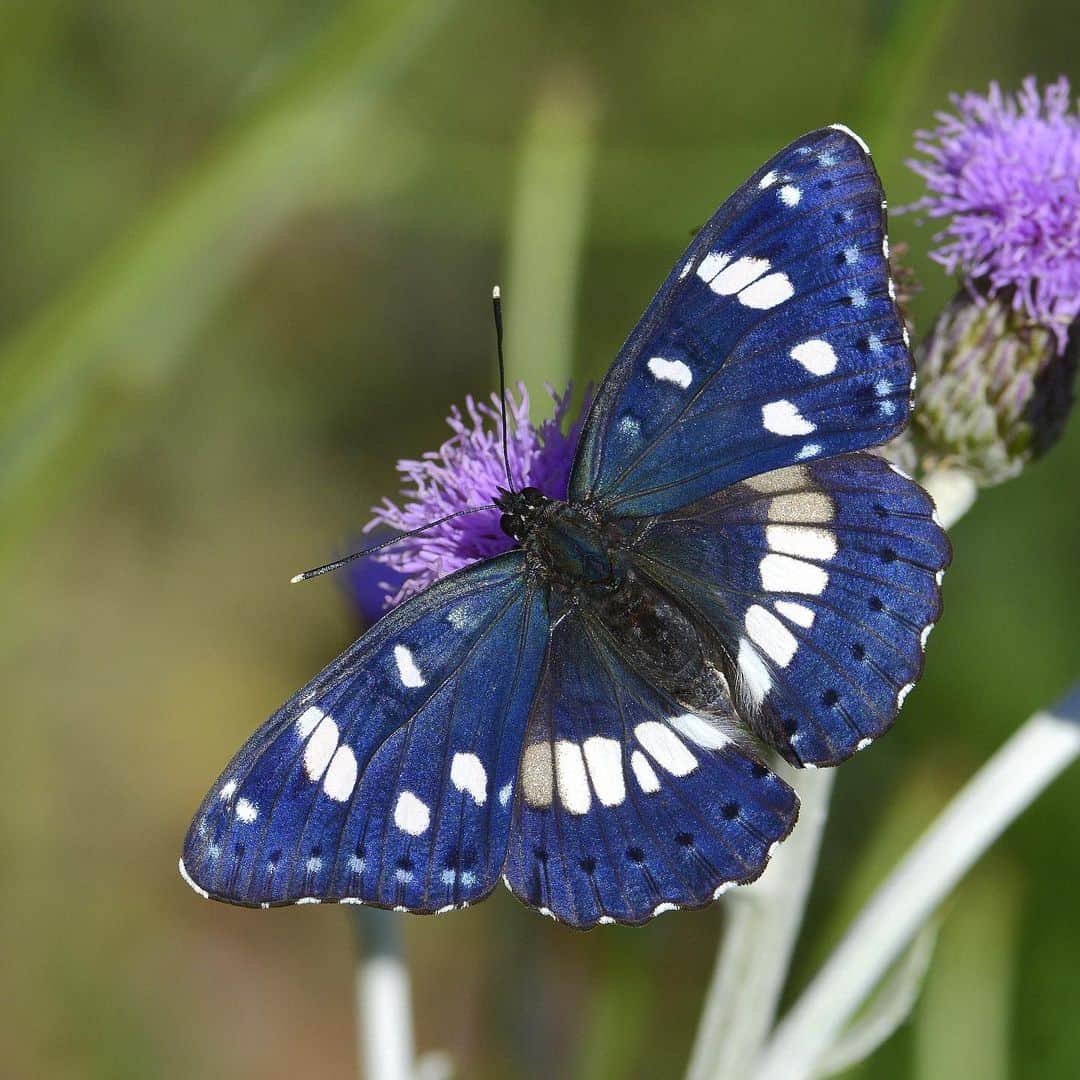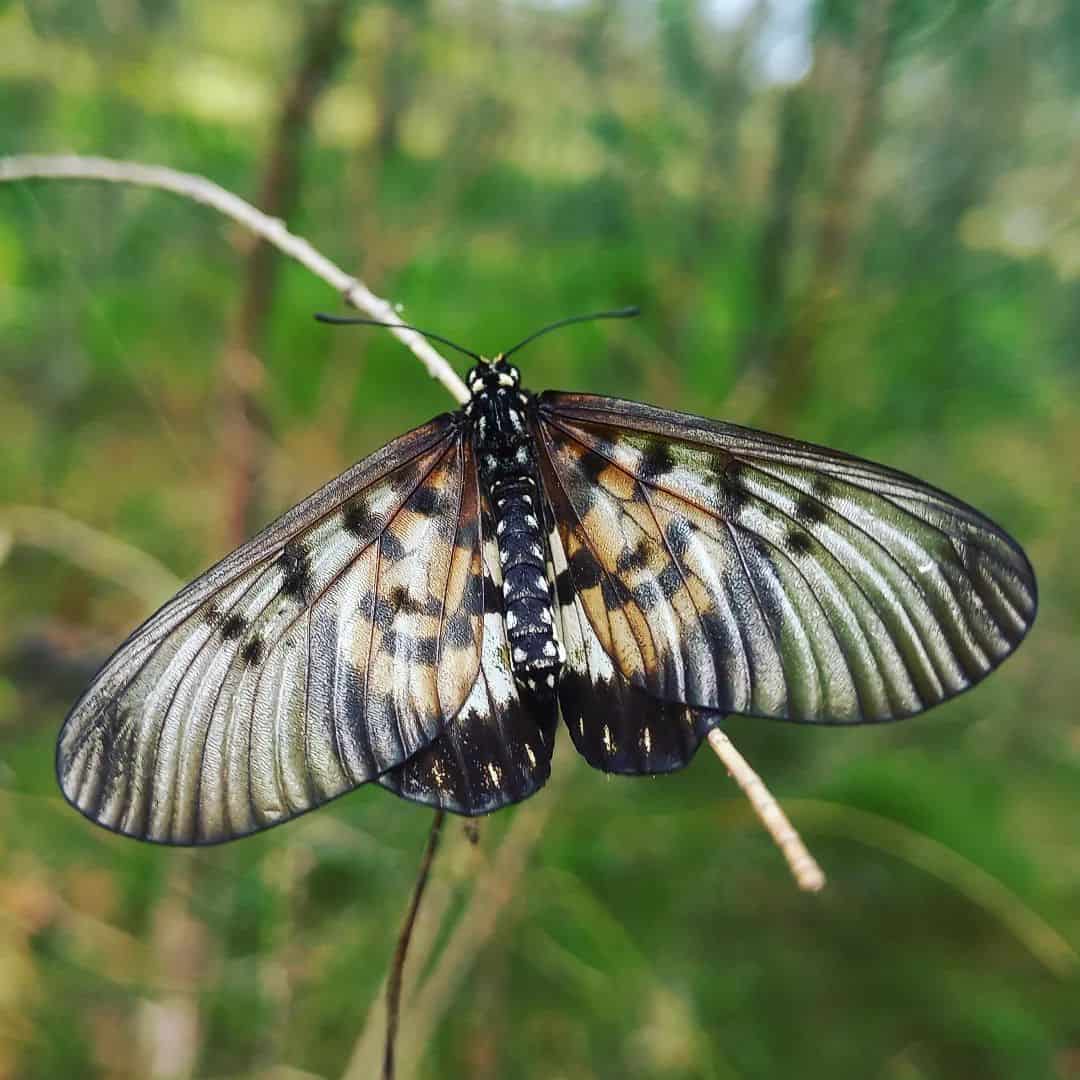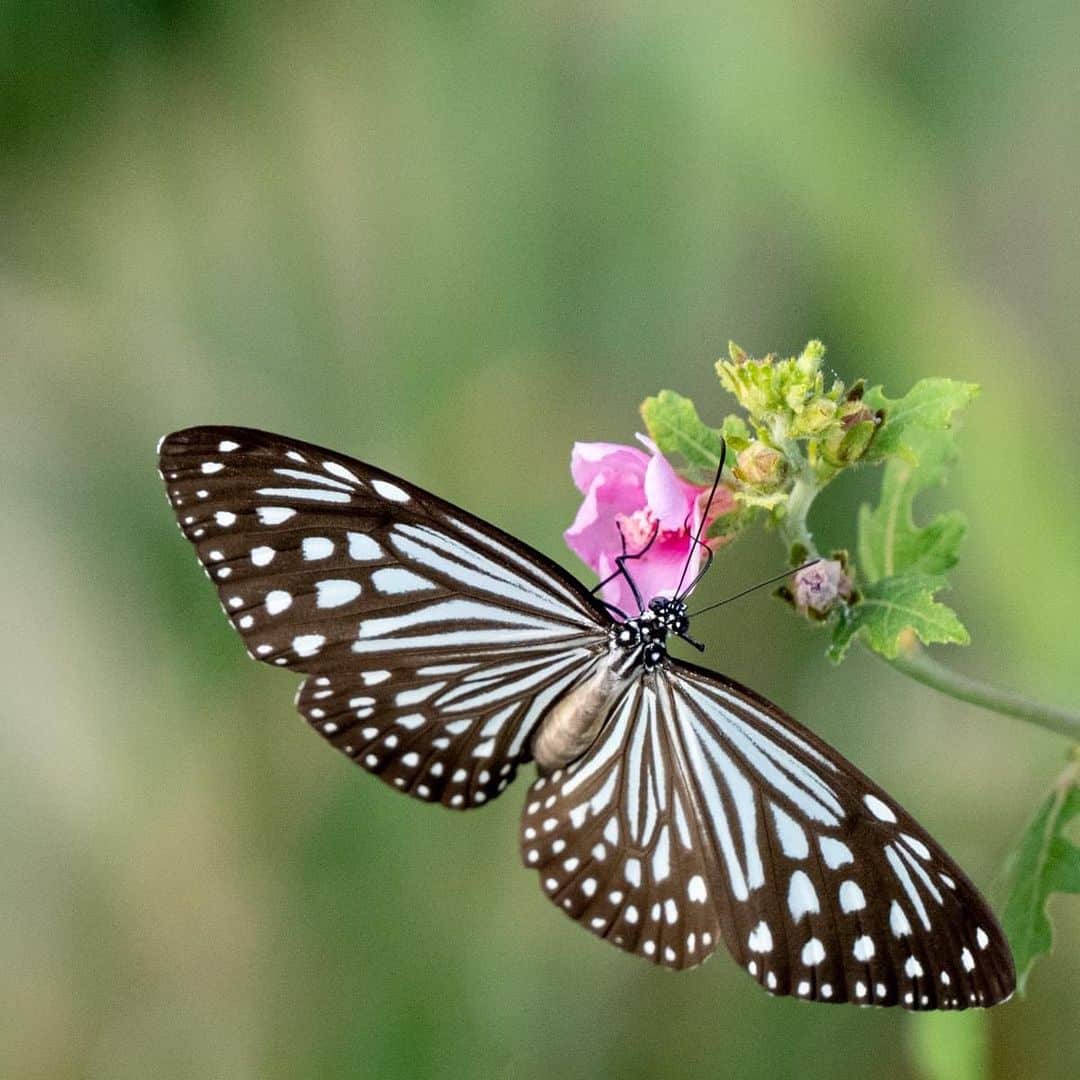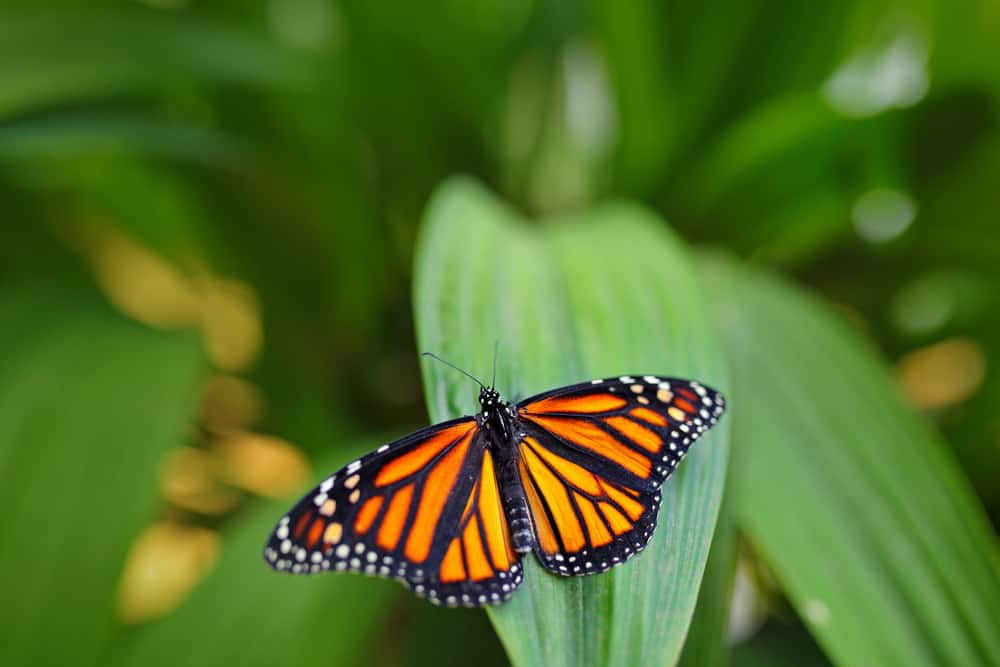Do you ever wonder about the lifespan of a butterfly? Then you’ve come to the right page! Here, we’ll answer this viral question: how long does a butterfly live? Furthermore, we’ll talk about their life cycle – and the factors that affect them.
Let’s get started.
What is the Average Lifespan of a Butterfly?
Sadly, a butterfly’s life is often ‘fluttering.’ Most species live for 2-4 weeks, although some adult butterflies can thrive for 9-12 months.
Here are the typical lifespans of most butterfly species:
- Coppers: a few days
- Small blues: a few days
- Duke of Burgundy: 8-12 days
- Anise swallowtail: 1-2 weeks
- Red admiral: 1-3 weeks
- Red-banded hairstreak: 1.5 weeks
- Black swallowtail: 1.5-2 weeks
- Eastern tiger swallowtail: 1.5-2 weeks
- Giant swallowtail: 1.5-2 weeks
- Black-painted white: 1.5-3 weeks
- Painted lady: 2 weeks
- Monarchs: 2-6 weeks (Monarch butterflies that migrate to California/Mexico may live up to six months)
- Common blue butterfly: up to 3 weeks
- Swallowtails: up to 4 weeks
- Adonis blue: up to 4 weeks
- Gulf fritillaries: 1-3 months
- Queen Alexandra’s birdwing: up to 3 months
- Peacock butterflies: up to 11 months
- Mourning cloak: up to 12 months
- Tortoiseshells: up to 12 months
- Angel Wings: up to 12 months
- Psyche butterfly: up to 12 months
- European skippers: up to 12 months
- Brimstone butterfly: up to 13 months

yaylalperen
What Affects a Butterfly’s Lifespan?
Apart from the type of species, several other factors affect a butterfly’s lifespan:
1. Cold-Blooded Nature
Cold-blooded creatures such as butterflies die off faster than warm-blooded ones. That’s because they’re unable to regulate their body temperatures accordingly.
Likewise, butterflies cannot fly if they feel ‘cold’ – aka if their temperature is below 85 degrees Fahrenheit.
2. Size
Size matters when it comes to butterflies. According to a study, smaller butterflies live shorter compared to larger ones. That’s because they have fewer resources – and are less able to travel longer distances.
3. Climate
Eggs won’t hatch until the temperatures become warmer. As for adults, they need warmth to raise their metabolism and move their flight muscles.
As such, species of butterflies that thrive in temperate climates often live longer.
4. Migration Patterns
Butterflies will fly to warmer areas during the winter. North American monarchs, for example, will fly to the Rockies or Central Mexico. Typically, those who can do so tend to live longer.

jimjackfruit
5. Hibernation
Butterflies hibernate in the winter to bring their metabolisms down – a process called diapause. Unfortunately, those who are unable to hibernate often live shorter lifespans.
6. Captivity
Butterflies in the wild may live shorter as they are exposed to predators such as spiders, lizards, and birds. Other environmental threats may affect their life spans negatively as well.
7. Climate Change
While butterflies in temperate areas live longer, the warming weather – brought about by climate change – isn’t helping. This disrupts the butterfly’s relationship with its host plants, which in the long run, affects the insect’s established life cycle.
In fact, a report has shown that 450 butterfly species have declined due to warmer autumn temperatures.
8. Chemical Use
Many farmers use chemicals to get rid of pests. However, these often affect their life cycles – or kill them in the process.
The Butterfly Life Cycle
Before the butterfly becomes the majestic creature that it is, it has to undergo four stages:
1. Egg Stage
This is when female butterflies lay eggs on host plants – so they get the nutrition they need.
Butterfly eggs can hatch in a week (or longer), depending on the species.
Like most insects, butterflies lay many eggs in hopes that a good number of them will survive. However, experts believe that only 1-2 eggs will hold out after such an attempt.
2. Larval Stage
Lasting for about five weeks, this is the time when the larvae eat the leaves surrounding them. This is done to obtain the nutrients they need for the weeks/months to come.
Some take this stage to heart, which is why specific species balloon up to 100 times their original size. Fortunately for the caterpillar, all they need to do is shed its exoskeletons to pave the way for this growth.

photoandersandersson
3. Chrysalis Stage
Once the caterpillar is done eating, it will become a pupa. It does so by enveloping itself in a silk cocoon and letting the chrysalis harden in a safe place.
The pupa may stay in their cocoon for a couple of weeks, although some may remain in this suspended state of animation for two years.
While inside the chrysalis, the caterpillar ‘melts’ into a liquid – while the ‘dormant’ cells rearrange themselves to ‘create’ a full-fledged butterfly.
4. Adult Stage
This is when the butterfly emerges from its cocoon- thus finishing the stage of complete metamorphosis.
Since the butterfly’s primary purpose is to mate and lay eggs, some species will fail to eat at all. However, some will try to sip nectar (or a turtle’s tears) IF they can. That’s because some butterflies tend to lack mouths.
That’s why caterpillars have to eat as much as they can in the first place. That way, their adult versions get to have all the nourishment they need.
If you want to learn more about the butterfly’s life cycle, then be sure to watch this informative video here.
Butterfly Fun Facts
- Butterflies belong to the Lepidoptera order – together with moths.
- Butterflies have an exoskeleton, two antennae, and six legs.
- The butterfly’s body is composed of three parts: the head, thorax, and abdomen.
- There are 17,500 butterfly species living across the globe – except in the continent of Antarctica. Most of them can be found in Peru – where approximately 3,700 species live!
- Butterflies can see ultraviolet colors that humans can’t visualize.
- Butterflies help improve the cotton harvest.
- Butterflies can fly at a speed of 12 miles per hour, max.
- Monarch butterflies can fly as far as 3,000 miles.
Conclusion
The butterfly’s average life span is 2-4 weeks, though some species can live for as long as 12 months.
This duration depends on several factors, such as the butterfly’s size, migration, and hibernation patterns. The surrounding climate and state of captivity also influence the butterfly’s life span.
